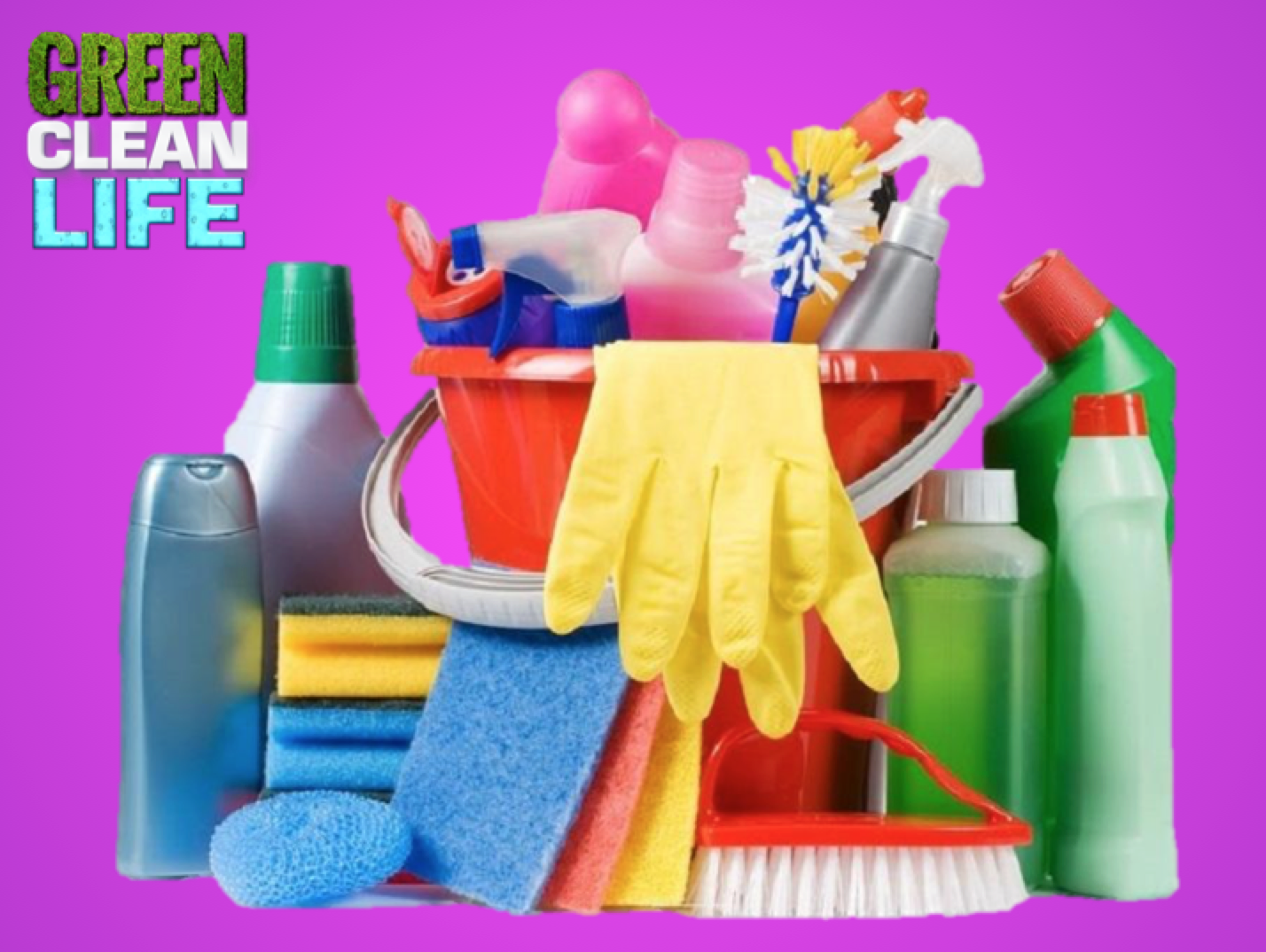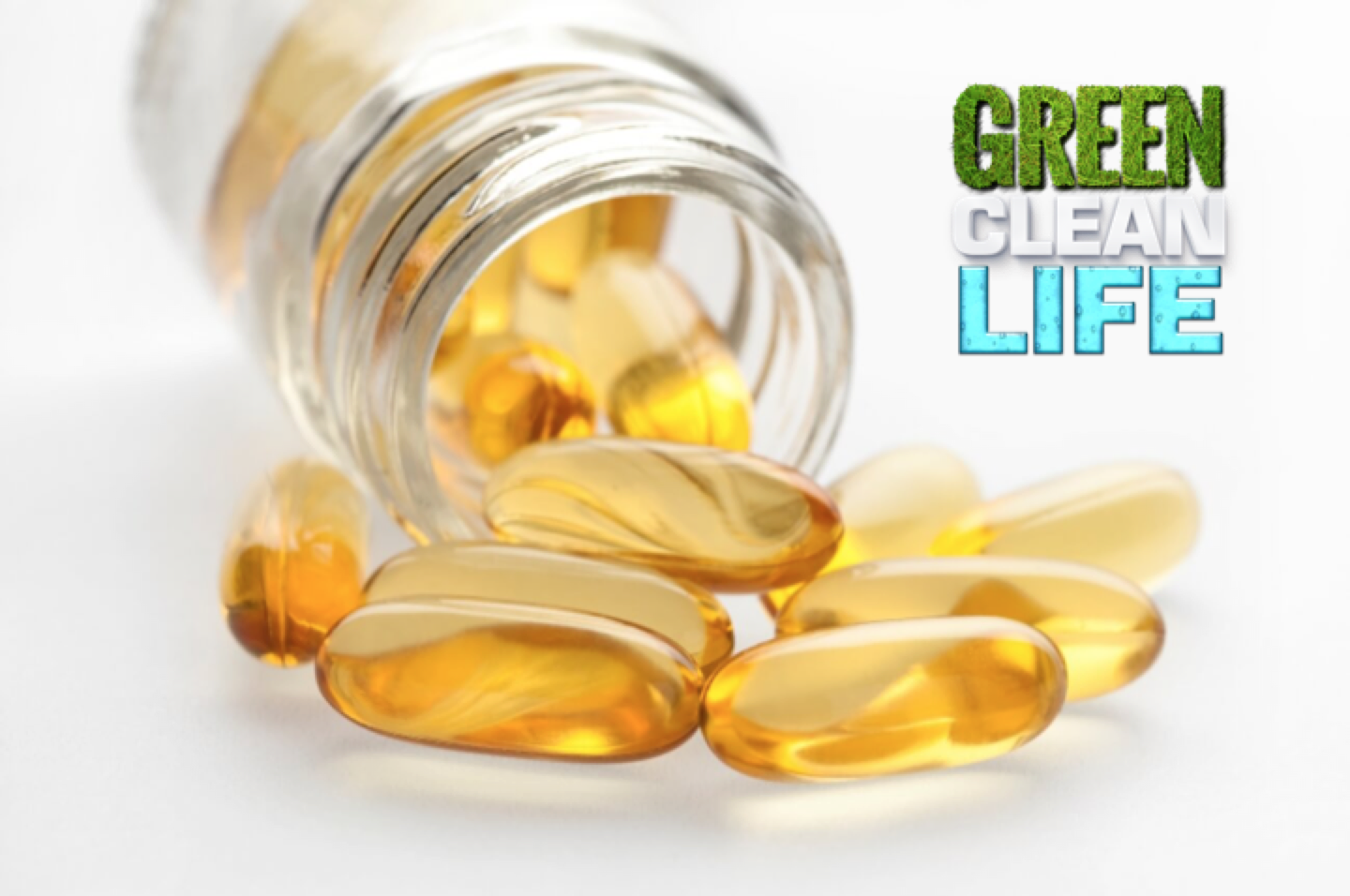Coffee in the morning is a ritual for many – the aroma of a fresh brew, the warmth on a chilly morning
and a chance to wake up at your own pace. This is the face of coffee as seen in television and online
ads. But, wait a minute. It is really that rosy?
For you it is. Coffee is a great source of anti-oxidants, provides stimulation and alertness and helps us
get off to a good start to the day. But this is not the complete picture.
Coffee is an industry with a dark under-belly. Large plantations are known for exploitative labor
practices. It is hot, back-breaking work for less than minimum wage. In fact, the quotas are so high that
many workers in third-work countries bring their children to work – off the payroll. These children are
subject to intense heat, heavy loads, sharp tools and exposure to pesticides. They are also denied their
education and a chance to just be children.
Further, farming practices are not good for the environment. Forests are cleared; soils are not
protected. Harsh chemicals, pesticides and herbicides use is rampant and little concern is given to long-
term sustainability.
But, there is good news. A new brand of coffee, Mountain Cabin Premium Coffee, has overcome these
undesirable practices. Mountain Cabin relies on small batch coffees using 100% arabica beans (the best
available). These small farms are located at high altitudes (at least one-mile above sea level) to ensure
better quality. Fair labor practices are demanded and sustainable farming methods are used. It
provides a variety of blends, both in bags and single serving cups. It also uses water-cooled, roller-milled
grinders to ensure taste, aroma and freshness is maintained during production.
Next time, you visit the grocery store, look at the coffee you are buying. Make sure it comes from
sustainable farms and uses fair labor practices. If you are not sure, then check out Mountain Cabin
coffees, available online for your convenience.
The Facts About Disinfectant Cleaners
Everyone uses disinfectant cleaners in the home. But have you checked the ingredients? First, you can’t
pronounce them. Then, you have few clues as to what most of them are. If you are at all concerned
about the health and safety of your family, you need to pay attention.
Cleaning products contain chemicals that cause asthma, lung inflammation, asthma-like symptoms and
other respiratory problems. They also contain endocrine disrupting chemicals. Plus, many of the
ingredients in cleaning products evaporate easily, polluting your indoor air.
Most of the time, however, you don't really know the specific chemicals in your cleaners. That's because
manufacturers aren't required to list the ingredients on the labels. Sometimes they'll list vague
categories like surfactants and fragrance that could be any of hundreds of different chemicals.
Most of what is known about the chemicals in cleaning products comes from researchers. For example,
a 2014 study found 132 chemicals in the 105 cleaning products that were tested. The main groups of
chemicals that were identified in the cleaners included fragrance, glycol ethers, surfactants and
disinfectants.
Each of these chemical groups exposes you to toxins when you inhale them while you’re cleaning your
home and for hours afterwards. They can also enter your body through your skin. Is this crazy or what? Here are a few, but not all, of the chemicals to look out for:
Ammonia
Vapors may irritate the skin, eyes, throat, and lungs. People with asthma may be particularly sensitive to
the effects of breathing ammonia. Ammonia may also cause kidney and liver damage. If ammonia is
mixed with products containing chlorine bleach (sodium hypochlorite), highly poisonous chloramine gas
is formed.
Coal tar dyes
Derived from petrochemicals and may be contaminated with trace amounts of heavy metals like arsenic,
cadmium and lead. There is concern that synthetic dyes may cause cancer and that heavy metals can
harm the nervous system and cause other adverse health effects. They are completely unnecessary to
the cleaning function of the product.
Phosphates
Function as a fertilizer in water. High concentrations of phosphates in bodies of water can promote
harmful algal blooms and increase weed growth. New regulations took effect in 2010 that limit
phosphorus concentration in household cleaning products to 0.5 per cent — a big improvement.
Phthalates
They are found in many fragranced household products, such as air fresheners, dish soap, even toilet
paper. Because of proprietary laws, companies don’t have to disclose what’s in their scents. Phthalates
are known endocrine disruptors. Men with higher phthalate compounds in their blood had
correspondingly reduced sperm counts, according to a 2003 study conducted by researchers from the
Centers for Disease Control and Prevention and the Harvard School of Public Health.
This is not a complete list, so beware. One great way to avoid chemicals and other toxic substances in
your home is to use a clean, green, non-toxic cleaner. One such is a product called Sol-U- Guard, a
disinfectant made by an American green manufacturing company. This product has citric acid and
thyme oil as active ingredients, which are both safe and pure.
Are You Actually Getting Omega-3s?
It’s a real shame. More than that – it might be considered a national health hazard. 90% of Americans
are deficient in this essential nutrient. While it is hard to quantify the effect of this lack, the rise of
brain-based diseases such as Alzheimer’s and seeming increase in heart disease may be a result.
But, let’s look at the personal implication getting enough Omega-3. It is essential for brain health and for proper
cell and nerve function. It also supports memory, focus and attention spans. Further, it reduces ever-
dangerous inflammation in the body. In fact, DHA Omega-3comprises two-thirds of the brain. This is called an ESSENTIAL FATTY ACID because it is essential.
Here’s the biggest issue – the body does not make this naturally – it must come from the foods we eat.
The most common source is fish. That’s why everyone touts the benefits of fish oil. But stop for a
minute. Before you run out and buy some fish oil at the grocery store, know that all Omega-3 fish oil
products are not the same.
Some things to avoid:
1. Heavy metal contamination
2. Synthetic oils
3. Artificial color
4. Caramel color
5. Dioxins
Eating fish directly can work, but today, we must be aware of mercury and other heavy-metals in fish.
So, look for a supplement considered a long-chain omega-3s, EPA and DHA. These are most abundant in
fish and shellfish, particularly fatty fish such as salmon, rainbow trout, tuna, mackerel, herring, sardines,
and pilchards.
Synthetic products are artificially produced ethyl ester fish oils. Thus, they are cheaper and easier to
produce. Avoid them. If you can’t tell the difference from the label, then do your homework.
Do look for:
1. Omega-3 source
2. Total Omega-3 content
3. High EPA and DHA
In closing, some important research has determined that babies have higher IQ’s when their mothers consumed substantial Omega-3’s, there was substantial consumption of Omega-3’s which can reduce symptoms of Alzheimer’s, and Omega-3’s contributed to healthy joints, heart health, and eye health. These reasons make it imperative that you supplement with Omega-3’s. A green manufacturing company, based in the United States, has produced an Omega-3 formula called Vitality Cold Water Omega-3. It uses cold water fish – a better source. Plus, it has been filtered and purified to ensure no contaminants such as mercury or other metals. It is a perfect, yet affordable, source of Omega-3’s. Ask about it today.
The Real Story Behind Skin Lotions
Finding safe, reliable skin care products can be a challenge. In the case of skin lotions, often called skin
therapies and other exclusive sounding names, it is important to look at the ingredients. And more may
be needed for you to be the type of informed consumer you wish to be. Why? Most ingredients are
unknown items, with scientific labels. So, unless you are a chemist, you may need to do some research.
We recently did some label research on skin lotions. A bit scary, to be honest.
Did you know that most leading skin lotions, even one called a ‘baby lotion’ have parabens? Parabens
are common preservatives found in skin and cosmetic products. They provide protection against micro-
organisms. To be fair, the Food and Drug Administration has no opinion or regulations on the use of
parabens. But, concern is growing over potential health side effects. This is worth checking out.
According to Cosmeticsinfo.org, data indicates that certain types of parabens may interfere with the
functioning of the endocrine system. It may be that they disrupt glandular activity and hormone
production. And this may especially be true of infants and children.
As another concern, research has found that parabens accelerate the aging process. It’s ironic that they
are in products designed to enhance the youth and beauty of the skin.
Another ingredient found in a major body lotion product is myristyl myristrate. It is a thickening agent,
which, according to the Environmental Working Group, can irritate skin, lung and eyes.
This is not to scare you, but to increase your awareness of chemicals found in common, popular skin
lotions.
Take heart, there are healthy options. One product, called Renew™, is free of these chemicals. Further,
it has been clinically tested for safety and purity. The USA based green manufacturing company that
makes it, claims that this lotion is also good for treating eczema and relieving psoriass , rosacea and
diabetes skin problems. And there are many anecdotal claims to support this. Historically, steroid
creams have been used for treatment of these conditions. While such creams reduce inflammation,
they also interfere with the immune system – making them potentially dangerous.
Take a close look at what you are using in and on your body. And in this age of concern for the
environment, it is essential that we start with our bodies and our home.




